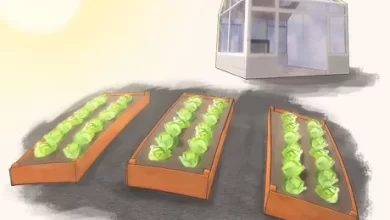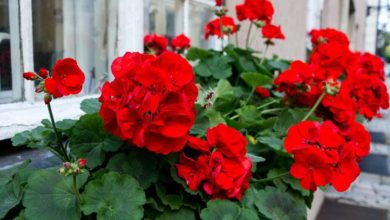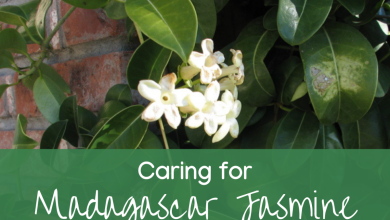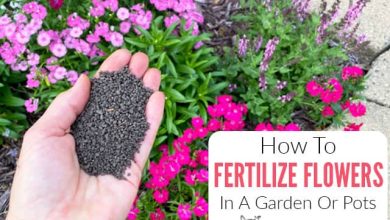Peperomia care, the friend of the home
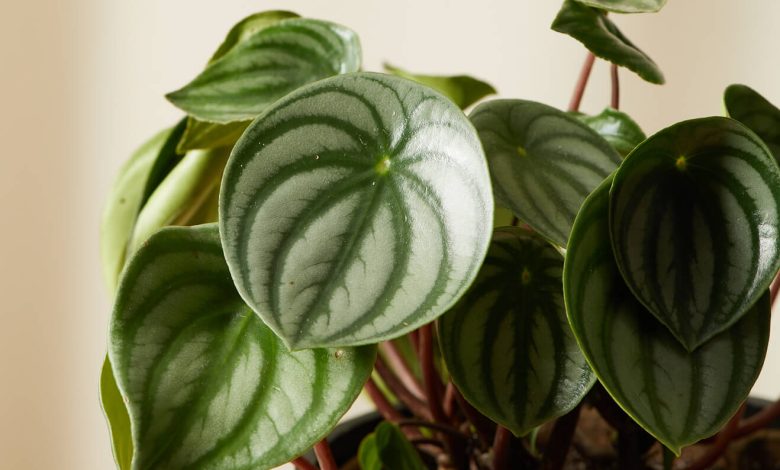
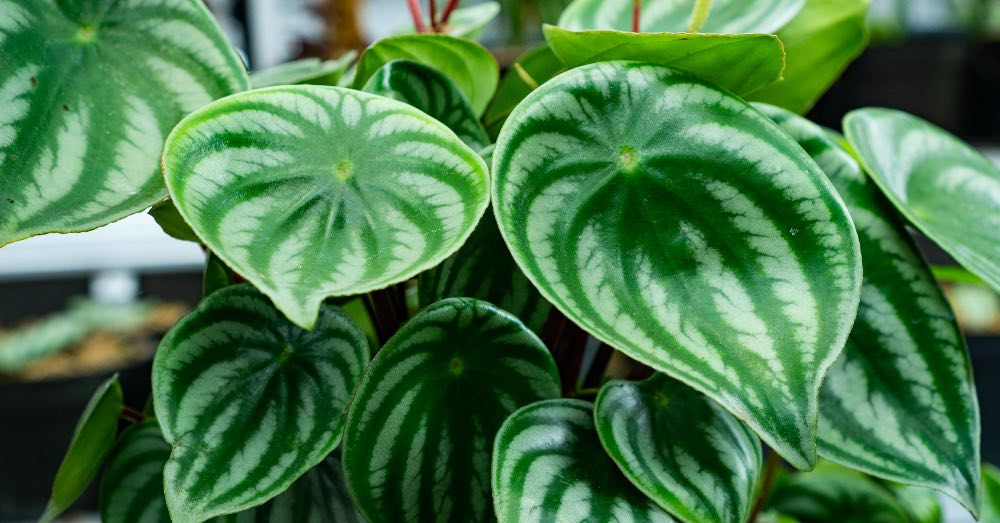
It is one of those indoor plants that is impossible to give up. Not only does it feel extremely comfortable in homes but, in addition, Peperomia care makes it much easier! enjoy its natural beauty. We are talking about a plant that is essential in the list of easy-care plants, both for its incredible ability to adapt to different environments and for the low demand of its needs.
But it is not the only thing that makes it a captivating plant. Of small size, with the ideal conditions it is extremely generous in the generation of stems and leaves. And in them is precisely where its appeal lies. The Peperomia family includes nearly 1,000 species, each characterized by the incredible and varied design of its leaves in terms of color and variegation.
For all this, let’s discover in depth the care of the Peperomia. Some that, although they may have specific characteristics depending on the variety, are common to all these green plants that maintain both their leaves and their color throughout the year.
PEPEROMIA: GENERAL CARE OF THE SPECIES
Its natural origins inevitably mark the care of Peperomia indoors. It is surprising to know that its different varieties can be found, in the wild, in various countries from South America to Africa, passing through Asia. This incredible geographical distribution, added to the hybrids, means that we can find creeping, climbing, bushy and even hanging Peperomias. A good option if we are looking for indoor hanging plants with which to adorn vertical spaces, and that we can enjoy both in isolation for its ornamental value and grouped with other congeners or with green plants of vertical size.
And, although it is not the most striking thing about this plant, it is interesting to know that the Peperomia with proper care can flower. It is not the main attraction of the plant, since its flowering is in the form of an upright spike with small and grouped flowers, but it is part of its particular charm.
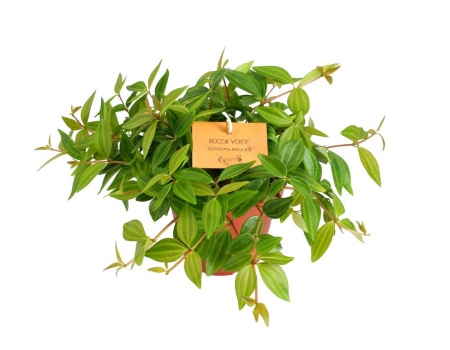
Understanding the uniqueness of this plant species, let’s see what are the care of Peperomia. Some extremely simple ones that also make it an ideal candidate if we start caring for plants or have the official title of “plant killer”.
1. Lighting, a detail to take care of
Due to its tropical origins, we can get an idea of the light needs of the Peperomia. In general, the ideal for them is a space with good and abundant light. Be very careful not to expose it to direct sunlight since, for the most part, this species does not tolerate it. Its leaves can burn.
On many occasions, the plant itself warns us that it is not receiving the amount of light it needs. As it does? Lengthening its stems that, in addition, will have an ungainly appearance; and losing intensity in its characteristic green color. If that is the case with our plant, we will have to find another more illuminated location.
2. Temperature, key to its development
As a good plant of tropical origin, the Peperomia in any of its varieties demands a range of warm temperatures to be healthy. Although the ideal is our comfort temperature, which is around 21 degrees, in summer months it can be exposed to more as long as we closely monitor irrigation.
Although heat is not a problem when it comes to Peperomia and its care, the same is not true with low temperatures. We are talking about a chilly plant that can never be exposed to less than 13 degrees, since it does not tolerate cold. It is also important that the location we have for it is free of drafts.
3. The soil and the transplant, fundamental for its growth
Two tasks of Peperomia care that are closely linked. We are talking about a plant with good growth that needs both adequate soil and space to grow its roots.
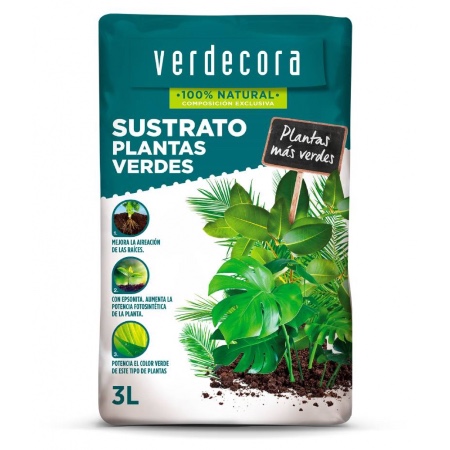
In order for our Peperomia to develop normally, it is essential to transplant it once a year in its first years of life, always coinciding with the arrival of spring. In addition to offering a substrate for green plants enriched with organic mulch, it is essential that the transplant is done in a pot slightly larger than the previous one. Once our plant is adult and the diameter of the pot is around 20 centimeters, this task will not be necessary: it will suffice to remove a few centimeters of the surface substrate to add new soil.
In the case of Peperomia it is crucial to know how to transplant a plant correctly for one detail: it requires good drainage that prevents the accumulation of water in its roots.
4. Irrigation and humidity, the crucial duo in Peperomia care
We come to what are, without a doubt, the two most important aspects regarding the Peperomia and its care. And it is that as much as we know how to recover a plant with excess water, in this case it is better to avoid putting it in this situation. Most of the Peperomias have fleshy leaves and stems, so they store water inside. Something that makes them respond to excess watering like succulents do: compromising their well-being.
For this reason, we will have to be cautious when watering any Peperomia. While in winter once a week is enough, in summer months the ideal is to water between two and three times depending on the temperature. How do you know when the ideal time is? When we check that the substrate has dried. But not the surface: in this case and to ensure its well-being, the ideal is to see how much humidity the lower layers of substrate have.
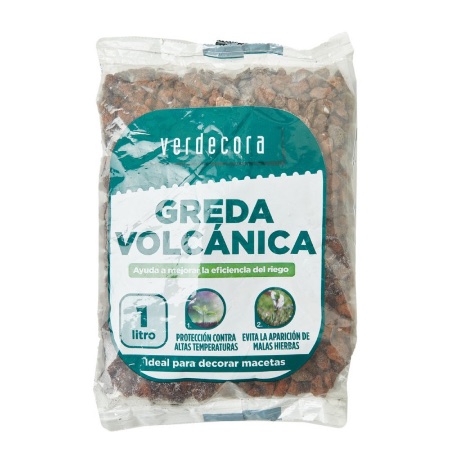
Just as important as not overdoing it with watering is providing our Peperomia with good environmental humidity. Something that we can achieve by spraying its leaves but, also, creating a humid atmosphere around it by placing a low plate with water always separated by garden stones from the base of the pot.
5. Pruning, a minor task in Peperomia
It is one of those tasks that we can ignore, since the Peperomia does not demand it except in very specific cases. We will only remove the dry or diseased leaves; or in case the stems have elongated due to the lack of light. If we can for this reason, it will suffice to cut the tips of the stems a few centimeters. And don’t throw them away! They can be used to make cuttings of your plant.
6. Fertilizer, regular from the beginning of spring
As we said before, in general terms the Peperomias have a good growth. However, they do not do it naturally but they need our help to achieve it.
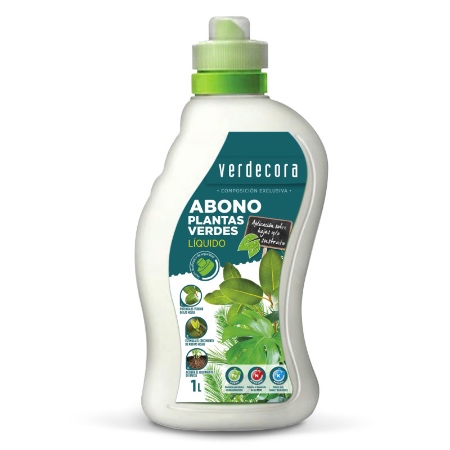
To do this, the ideal is to apply a regular pattern of fertilizer from the beginning of spring until the arrival of autumn. The key: use a fertilizer for green plants diluted in the irrigation water every three weeks.
7. Pests, the last of the Peperomia care that we must watch
Talking about Peperomia and its care inevitably also includes talking about its ailments, since many of them are derived from improper cultivation. Many of them respond to an excess of irrigation or a lack of light, so it is convenient to follow these two aspects rigorously to avoid unpleasantness.
However, the plagues also see in her a dark object of desire. Due to its fleshy leaves and stems, it is the target of insects such as the cottony mealybug, mites and the red spider mite. Three annoying visitors that we will have to eradicate as soon as we observe them with an ecological acaricide insecticide, and that usually make an appearance also due to a lack in their cultivation: the environmental humidity that our plant needs.
And now that you know Peperomia and its care thoroughly, confess! Have you fallen in love with her?

